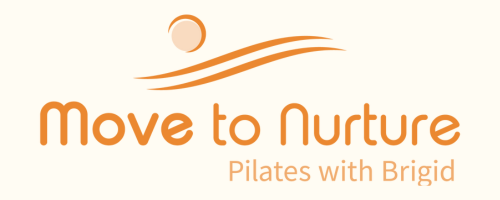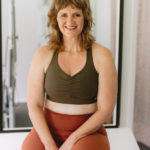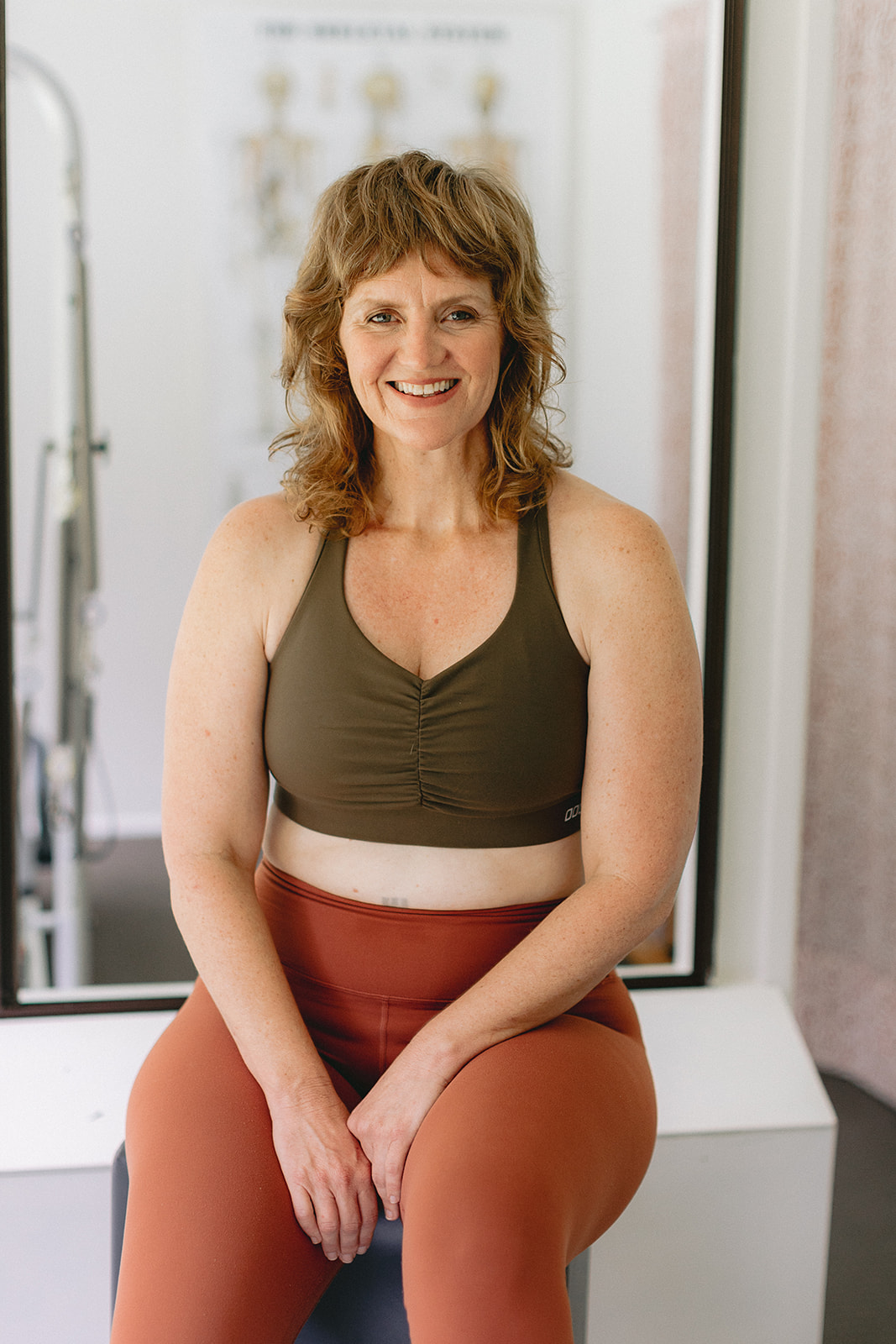When you think of Pilates you may not think of the breath. Most people know that Yoga involves some deep involvement in the breath. Certainly in the Byron Bay, Lennox Head and Ballina area there is a plethora of Yoga options and what many people don’t know is that Pilates is also a breath based movement system. If you do a Pilates mat class in a gym you may not get to learn the subtleties of the breath. I don’t want anyone to miss out on the power of this in their Pilates practice. The breath is where your deepest, strongest, lightest power resides.
Joseph Pilates was an asthmatic as a child. He went to all sorts of doctors and healers and as a young man studied yoga, tai chi. When he invented his movement system breath was at the centre of it. The mechanics of breath underpin the basic spine shapes in Pilates exercises. And the purpose of many of the exercises is to free up the function of the lungs, to enable better circulation and increased oxygen intake for the body.
2 Spine shapes in Pilates and breath
- The C-Curve or rounded spine (flexion) is associated with the exhale. The diaphragm and the pelvic diaphragm lift to help to empty the lungs. The roundness of the lumbar spine and the back of the ribs help to facilitate this movement in the diaphragms. Fully emptying the lungs is essential for deep, oxygenating inhales. The C-curve spinal position supports a full and thorough exhale.
- The arched spine (extension) is associated with the inhale. The opening of the chest and subtle lift of the sternum allow the diaphragm to drop and the lungs to fill. If the pelvic diaphragm is responsive enough it will also drop allowing the lower abdomen as the organs between the diaphragms drop.
This is not the only way to breath in Pilates. There are benefits to reversing this pattern during some exercises. There are also other breathing techniques that become necessary as you move to the more advanced repertoire. As a beginner to intermediate student of Pilates mastery of the breath as the centre of your practice will bring great rewards such as:
- Helping you to move past gripping of muscles towards deep engagement of muscles
- Relaxing the compensatory muscles to deepen the work where you want it
- Releasing tension around the neck and shoulders
- Healthy engagement of pelvic floor
I am Brigid Pearse a certified Pilates instructor and ex-dancer and a mum. I run a fully equipped Pilates studio from my home in Lennox Head and I run community Pilates mat classes in Byron Bay, Ballina and online. To receive regular body wisdom sign up below.






0 Comments
Trackbacks/Pingbacks